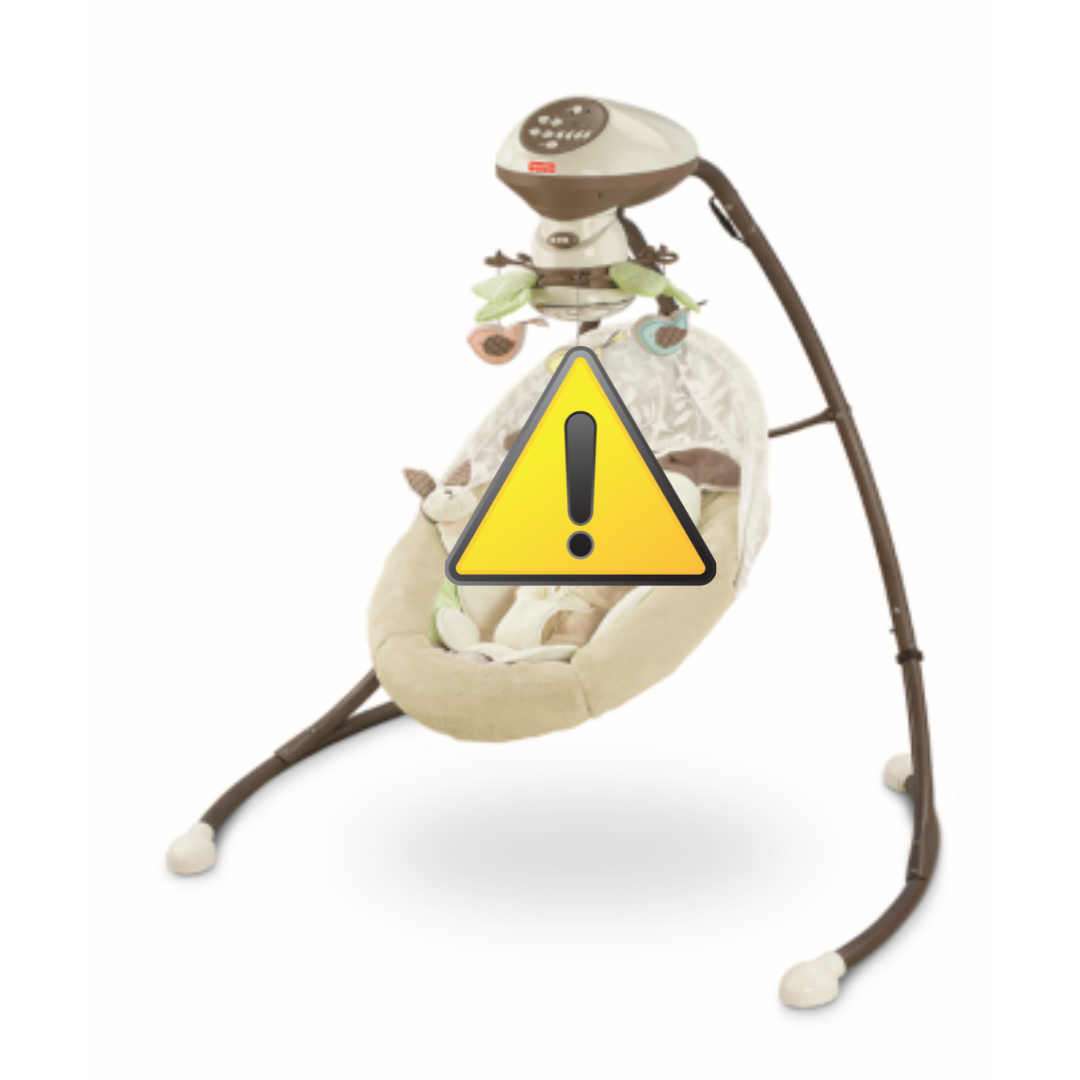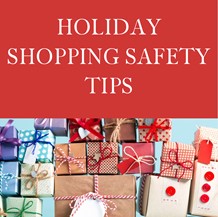
This month, we’re raising awareness on safe sleep practices for infants. According to the CPSC, unsafe sleep environments accounted for 76 percent of child fatalities reported between 2019 and 2021. Let’s dive into the latest developments – a major recent recall, new legislation, and the key steps parents and caregivers can take to promote safe sleep environments for their little ones.
Fisher-Price Recall
The CPSC and Fisher-Price announced a recall of more than two million Fisher-Price Snuga Infant Swings on Thursday, October 10. There have been reports of five deaths involving infants associated with the product between 2012 and 2022. The babies died while sleeping in the product. While it is not a sleep product, both the design and marketing encourage families to use it to soothe babies to sleep. Sitting products such as swings, bouncers and rockers should never be used for sleep.
The affected products were sold nationwide at Amazon, Toys“R”Us, Walmart/Sam’s Club, and Target from October 2010 through January 2024 for approximately $160. The recall asks consumers to remove and destroy the headrest and body support insert from the seat pad. Fisher-Price will provide a $25 incentive to consumers who remove and destroy the headrest and body support insert.
The remedy and refund are unfortunately very lackluster. The incentive is less than a fifth of the original cost of the product. In order to get more participation, Fisher-Price should have offered a full refund. The minimal incentive offered fails to emphasize the urgency of the recalled product that led to five child fatalities. Also, this recall does not limit the possibility of the product being sold on second-hand markets, websites, and stores. Read our press release with CFA for more information. When buying products for your infant, especially secondhand, check the CPSC recalls site.
Weighted Sleep Products Legislation
In August, Senator Richard Blumenthal (D-CT) and Reps. Tony Cárdenas (D-CA-29) and Kim Schrier, M.D. (D-WA-08) introduced the Safeguarding Infants from Dangerous Sleep (SIDS) Act in the Senate and House that would ban weighted sleep products for infants.
The bills define ‘‘weighted sleep product for infants’’ as a wearable blanket, sleep sack, swaddle, or similar product for a child up to one year old that includes materials that add weight to the product for a purpose other than for insulation or decoration. Proponents say these products can help babies sleep more deeply and longer, but there is little evidence supporting their safety and effectiveness. The American Academy of Pediatrics (AAP) first warned against weighted sleep products in their 2022 revised safe sleep guidelines and again in a 2023 letter to the CPSC Chairman.
The risks weighted infant sleep products pose include:
- Breathing Obstruction: Infants’ rib cages are not fully developed and can easily be compressed by even “gentle pressure,” leading to restricted breathing or heart function.
- Impaired Movement: Weighted products make it harder for infants to roll into safer positions during sleep, increasing the risk of suffocation, particularly if they roll onto their stomachs and are unable to turn back.
- Shifting of Weighted Material: If the weighted parts of a blanket or swaddle shift and cover the baby’s face, it can result in suffocation.
- Difficulty Arousing from Sleep: Weighted sleep products can interfere with an infant’s ability to naturally wake up from sleep, which is a crucial mechanism to avoid SUID.
KID warns against using these products, and we encourage caregivers to follow the ABC’s of safe infant sleep.
The ABCs of Safe Sleep
- Alone: Baby is Alone and has their own separate sleep space.
- Back: Baby is placed to sleep on their Back.
- Crib: Baby sleeps in a Crib, bassinet, or play yard that meets the federal safety standard.
For more information, read the AAP Guidelines on Safe Sleep and watch KID’s Safe Sleep Video. Connect with us on Facebook, Instagram, Twitter, and TikTok to receive updates and learn more about our ongoing efforts to promote child safety.


